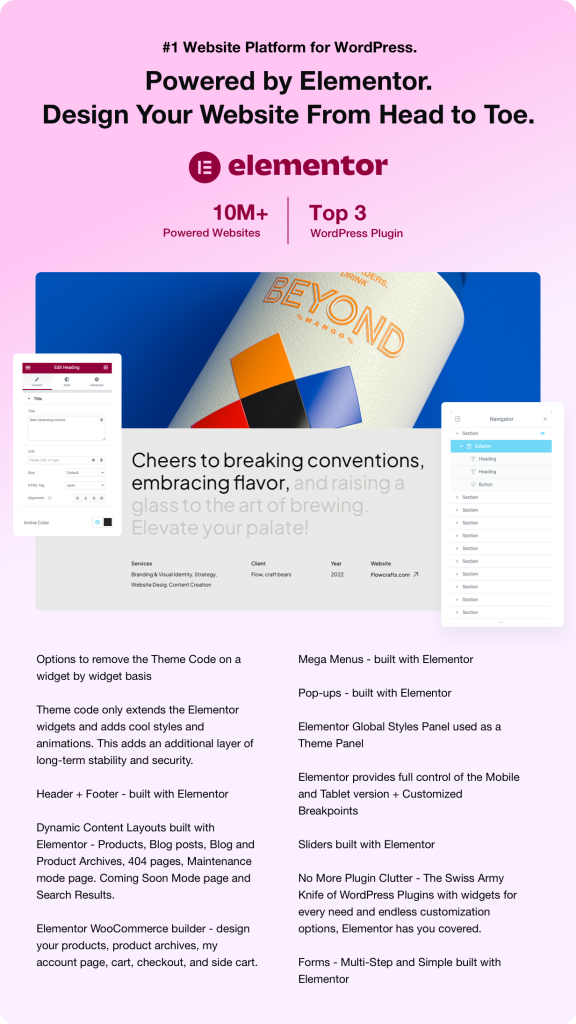In the ever-accelerating world of technology, the emergence of AI Task Automation Tools is transforming the landscape of various industries. These tools are not just improving operational efficiencies, but also paving the way for AI-driven business models that fundamentally change how organizations deliver value to customers. One such tool gaining prominent attention is OpenAI’s GPT-3, renowned for its natural language processing capabilities. This article delves deep into the latest trends, innovative solutions, and industry applications of AI task automation, underpinned by the remarkable capabilities of GPT-3.
AI Task Automation Tools serve as the backbone for modernizing workplace processes. Traditionally, many businesses relied on manual workflows which were not only time-consuming but also prone to human error. In contrast, AI tools can automate repetitive tasks seamlessly, enabling employees to focus on more strategic initiatives. According to a recent report by McKinsey, companies that adopted AI in the early stages have seen a 20% productivity boost on average. This statistic is compelling enough for businesses to consider a robust investment in these technologies.
AI Task Automation Tools leverage advanced algorithms to process large volumes of data quickly, making them particularly useful in industries like finance, healthcare, and customer service. For instance, in the finance sector, AI-enabled tools streamline compliance checks, thereby minimizing risks and ensuring regulatory adherence. In addition, AI chatbots powered by GPT-3 can offer personalized customer service around the clock, addressing inquiries and resolving issues without human intervention. This ability not only enhances customer satisfaction but also leads to cost-cutting on labor expenses.
. Businesses across various sectors are now exploring AI for developing AI-driven models that can anticipate market trends, improve decision-making processes, and deliver unprecedented insights. The integration of AI into core business operations enables firms to harness data effectively, which drives better business outcomes. AI-driven approaches foster adaptability, allowing organizations to pivot quickly in response to changing market dynamics.
One prevailing trend is the shift towards data-centric business models, where data is considered a key asset. Companies leverage data analytics and AI models to extract actionable insights, enhancing their ability to forecast customer needs and optimize product offerings. Moreover, organizations are increasingly focused on improving customer experience through personalized interactions and targeted marketing strategies. A prime example is how Netflix utilizes AI algorithms to analyze viewer preferences and recommend shows tailored to individual users, resulting in higher engagement and retention rates.
. The technical insights behind these AI tasks often involve sophisticated deep learning algorithms, such as those used in GPT-3. Developed by OpenAI, GPT-3 utilizes a transformer architecture and boasts 175 billion parameters, making it one of the most advanced natural language processing models to date. Its ability to generate coherent and contextually relevant text has significant implications for businesses looking to automate content creation, generate reports, or enhance internal communications.
In practical terms, organizations can integrate GPT-3 into their existing systems to accelerate content generation. For example, a marketing team can leverage GPT-3 to draft blog posts, social media content, or email campaigns, significantly reducing the time required for brainstorming and writing. Furthermore, with its conversational abilities, GPT-3 can also work as a virtual assistant, helping teams manage schedules, find information, and facilitate collaboration.
. With the rise of AI task automation and the capabilities of GPT-3, specific use cases continue to emerge. In the healthcare industry, for instance, AI tools are being utilized to automate the scheduling of patient appointments, allowing healthcare professionals to prioritize direct patient care. This example demonstrates how AI can improve service delivery by streamlining administrative tasks and ensuring that resources are effectively allocated.
Another unique application is in the legal sector, where AI-powered platforms use natural language processing to analyze contracts and legal documents swiftly. This reduces the burden on legal teams to conduct extensive reviews manually and enables them to focus on the more nuanced aspects of their cases. Not only does this enhance efficiency, but it also minimizes human error in high-stakes environments.
. The retail industry is also experiencing transformative changes through AI task automation. Retailers can use AI-driven tools to analyze customer data, track inventory levels in real-time, and predict demand patterns based on historical sales metrics. This capability allows businesses to optimize their supply chain management, reduce costs, and ensure customer demands are met promptly.
Moreover, businesses that harness AI-driven automation can better manage resources during peak periods, such as holiday seasons. For instance, companies can use predictive analytics to adjust staffing levels, manage inventory, and deploy targeted promotions more effectively. By adopting such proactive strategies, businesses can maximize revenues while also enhancing customer loyalty.
. As with any technological advancement, the integration of AI task automation tools and AI-driven business models comes with its own set of challenges. Privacy concerns and the ethical implications of AI are topics of increasing scrutiny. Organizations must navigate potential biases in AI algorithms, ensuring that their implementations do not inadvertently reinforce discrimination or inequity in customer interactions.
Additionally, the transition to automated processes requires a cultural shift within organizations. Employees may initially resist changes that threaten traditional ways of working, leading to pushback against new technologies. Business leaders must prioritize training and resources to help employees understand the value of AI, equipping them to work alongside these new solutions rather than being replaced by them.
. Despite the challenges, the advantages of embracing AI task automation tools are unmistakable. By streamlining operations, enhancing productivity, and unlocking new business models, organizations are positioned for success in a rapidly evolving marketplace. With the continued advancements in AI technology, including tools like GPT-3, the possibilities for innovation are virtually limitless.
Furthermore, companies must remain agile and adaptive, creating an environment conducive to experimentation and learning. This approach will allow organizations to not only stay ahead of their competitors but also continue to meet the evolving needs of their customers.
In conclusion, as AI task automation tools like GPT-3 advance, the opportunities for businesses to leverage these technologies become increasingly evident. From transforming customer experiences to streamlining operations and creating sustainable competitive advantages, the path forward is clear. Organizations that strategically implement these solutions stand to thrive in an age where the fusion of human intelligence and artificial intelligence drives unparalleled innovation. As we enter this new era of AI-driven business models, one thing is certain—the future is not just bright; it’s automated.
Sources:
1. McKinsey Global Institute. “The state of AI in 2023: The AI adoption survey.”
2. OpenAI. “GPT-3: Language Models are Few-Shot Learners.”
3. Deloitte Insights. “AI and The Future of Work: Exploring the next decade of work.”




















